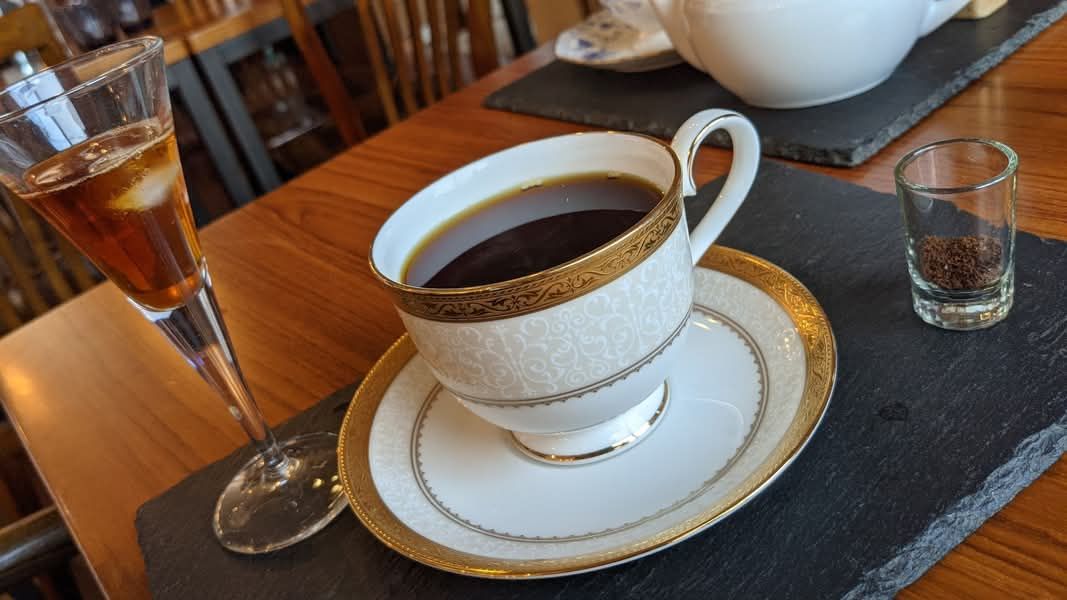Coffee was introduced to Europe in the early 17th century and quickly became a new drink for the nobility and the middle class.
However, Europe at that time had not yet mastered the technology to manufacture porcelain, and tableware was mainly made of fired clay.
The ceramic cup has thick walls, making it inelegant to hold. When filled with scalding hot coffee, it is not convenient to hold it directly with your hands, and there is also a risk of burns.

Therefore, Europeans developed a unique way of drinking coffee - pouring the coffee into a plate to cool it down, and then sipping it from the plate.
This method not only allows the coffee to cool quickly, but also brings another flavor experience.
At that time, people also had a special way of drinking coffee: put a piece of sugar in front of the front teeth, and then sip the coffee to let it seep into the sugar, making the bitter coffee become sweet before drinking.
This way of "sugary sipping" is particularly popular in France and Northern Europe, and its traces can still be found in some traditional cultures.
By the beginning of the 18th century, Europe had finally broken through the technical barriers to porcelain manufacturing.
The method of making porcelain was first discovered by the Meissen porcelain factory in Germany, and this technology quickly spread throughout Europe, allowing various countries to produce more delicate, lightweight and heat-resistant porcelain on their own.
With the advancement of porcelain technology, the design of cups has gradually improved. Not only are the shapes more elegant, but they also have handles that are easy to hold, making it more practical and in line with social etiquette to drink directly from the cup.
Although modern people generally use coffee cups with handles, the custom of "sipping from a plate" can still be seen in Northern Europe and parts of Russia.
In these places, people sometimes still pour hot coffee into a cup and saucer and wait for it to cool slightly before sipping it, showing the continuation of an ancient European way of drinking coffee.
From sipping from a plate in the 17th century to the porcelain revolution in the 18th century, the evolution of coffee culture not only reflects the changes in eating habits, but also witnesses the development of craftsmanship and changes in social trends.
#coffee#poison beans#Europe#sipping#clay#ceramic cup#porcelain#porcelain cup#plate#cup and plate#craft#culture#technology
Have you ever tried sipping coffee from a plate?
This website does not have those annoying ads that block the webpage and hinder reading!
If you think the article I wrote is helpful to you, could you please fill in a Questionnaire, allowing me to better understand everyone’s needs and write more high-quality content.








